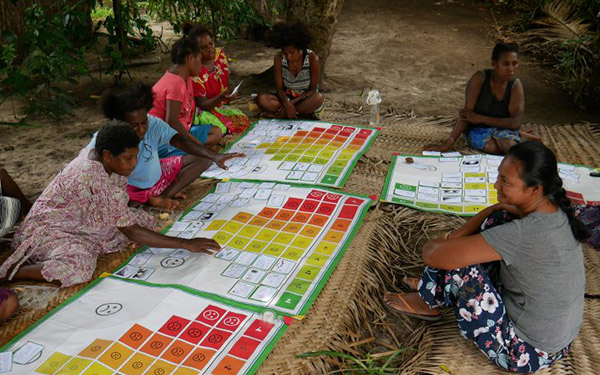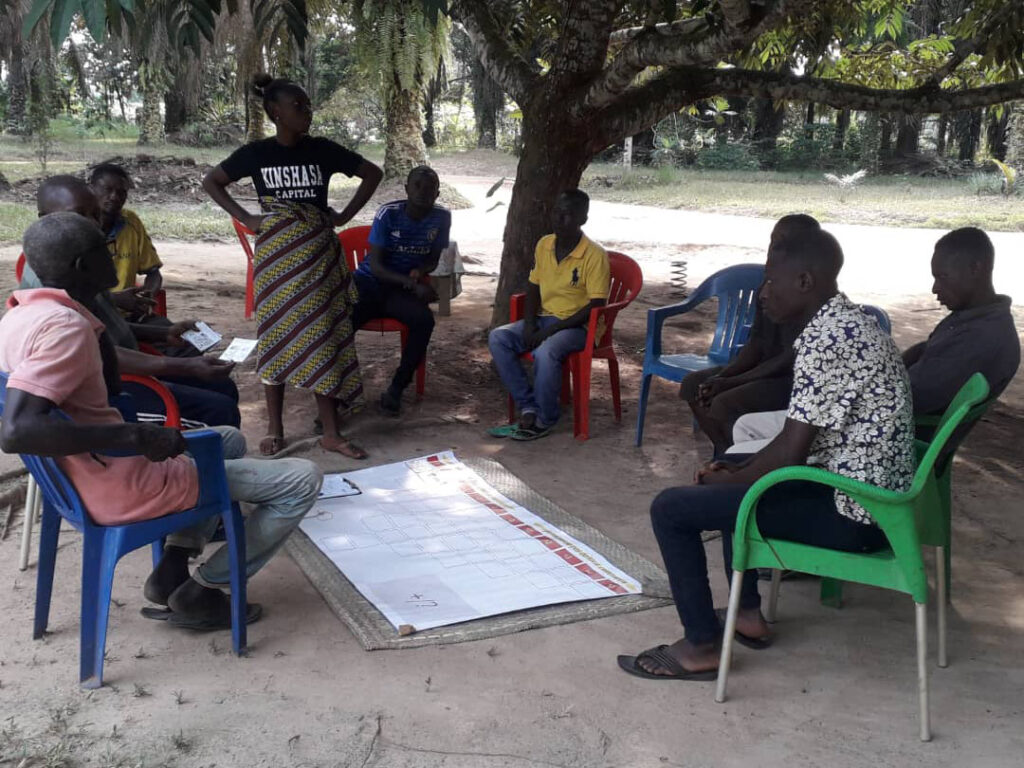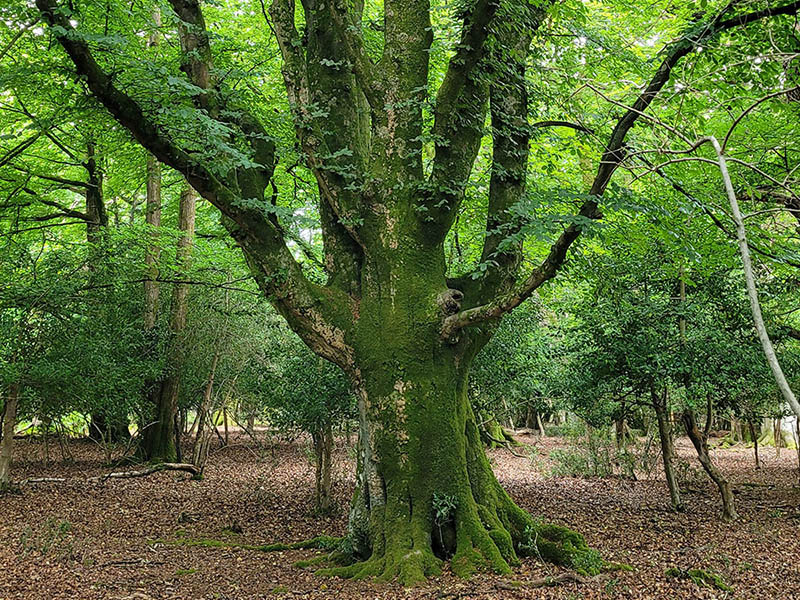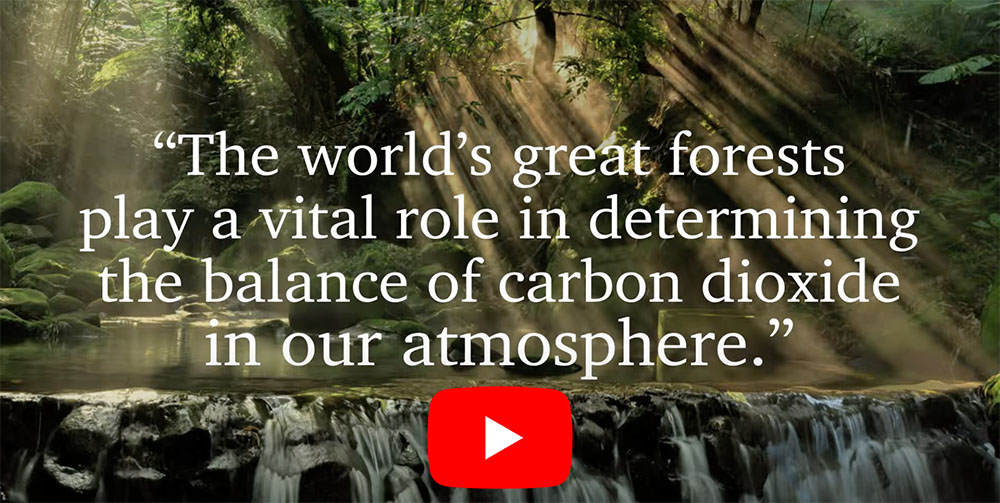
Economics & Valuation
Assessing the value of primary forest ecosystem services
Our planet’s forests provide many benefits to society’s continued well-being yet are subjected to ongoing loss and degradation. These activities provide financial and other material benefits to people but unless we understand the value of what is lost when the forests are cleared and degraded, we will not be able to make informed decisions about their use and management.
The project’s economics work has focused on:
- understanding the economic value of the world’s forest;
- understanding trade-offs between different types of users of forest resources;
- assessing community preferences between livelihoods, resource use, and conservation options.
Chris Fleming
Glenn Bush
Fitalew Taye
Andrew Buckwell
The economic value of the world's forests
The project undertook a major review of the academic literature to help generate estimates of the economic value of the world's forests.
- Important forest regions and ecological zones are under-studied - There is an absence of studies from important forest regions, such as the tropical rainforests in Central Africa and the boreal and temperate forests of North America and Russia.
- Bias towards market pricing valuation techniques - Economic valuation studies are dominated with market pricing approaches, which emphasise forest management that maximizes industrial production instead of long-term social benefits, such as carbon storage and water quality improvements.
- Failure to evaluate trade-offs between values - There is a disregard for the range of other values— i.e., underestimated, or lost values (the ‘opportunity costs’) when extractive uses, such as logging and clearing for mining and agriculture take precedence.
We also produced a free policy brief to support this work.
Evaluating trade-offs between forest values
Most studies of the economic value of forests focus on the value of a single ecosystem service, rather than estimating a fuller set of values. This is because the purpose of the study is to find evidence it is being managed in a way that maximises the benefit from that specific ecosystem service.
For example, a forest managed for industrial production of timber can generate a very high value for the timber as an ecosystem service. This value is then captured by private interests, often straight away.
However, this singular value needs to be considered in the context of the costs of the ‘environmental externalities’ (that is, negative impacts) that result from that extractive use. These costs are carried by everyone else in society.
Therefore, the dominance of market pricing results in decision making around forests being biased towards market-oriented forest management, such as logging and clearing for alternative uses.
A better understanding of the trade-offs his only possible if the extractive values of forests are compared to the aggregated value of non-extractive ecosystem service benefits, i.e. leaving the forest intact.
The project showed that the values of the full set of forest ecosystem services are often much higher than the value of singular extractive uses.
Policy relevance
This is an important illustration of the trade-offs between industrial use and conservation management. How, when, and who receives the monetary and non-monetary values of forests needs to be considered.
Conservation efforts and alternative land use planning decisions require consideration of the public goods value of ecosystem services and the trade-offs between these services and those captured privately.
Find out more, by reading the paper How much is that forest worth?.
Key findings
A failure to evaluate the economic value trade-offs involved in different forest uses and management can result in economic information that can, for example, seemingly support the conversion of primary forests to forests used for logging.
Video explainer: Regenerative forest economies
The. economics teams from Griffith University and Woods Hole Climate Research Center introduce how environmental economics can play a role in demonstrating – or quantifying (often in dollar terms) many forest values – and economics can also play a role in designing schemes that can help forest communities begin to capture the benefits provided by conservation efforts.
Assessing community preferences for conservation
A key theme emerging from our economics-related work is the importance of understanding community preferences for the trade-off between primary forest preservation and community livelihoods development.
Primary forests in the tropics, include the Amazon and Central West Africa are homes to Indigenous Peoples and are commonly under local management, which includes long-term careful harvesting of forest resources, which can include timber for fuel and building materials.
More recent pressures, which includes pressure on the forest fringes from subsistence agriculture, population growth, and migration, are challenging the sustainability of the forest harvesting practices. Communities also face pressure (and can see economic benefit from) more extractive forest management practices and clearing for commercial agriculture and mining.
Primary forest conservation needs to be placed in the context of livelihoods support and economic development aspirations of forest communities. Conservation schemes need to carefully understand the specific deforestation drivers in an area and also what incentives might be effective in discouraging forest degradation and removal.
Our project undertook a number of studies that provide insight into what benefits and what value of benefits might be effective in encouraging communities to manage primary forest regions in a way that can meet both climate and biodiversity goals and ensure equitable benefits sharing.
Key findings
- Communities can have a preference for compensation in the form of community assets, such as medical centres and schools
- Where cash has good utility (i.e. in places where it can buy things) a level of cash payment can be preferred
- When projects invest in community engagement, there can be greater acceptance of compensation schemes
- There can be an aspiration for the continued development of farming and so compensation schemes may inadvertently stir-up future land use tensions if the design of the scheme does not reconcile agricultural development and conservation









